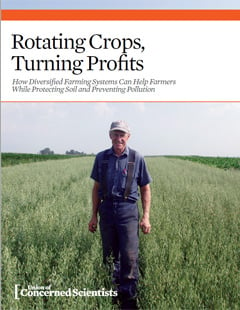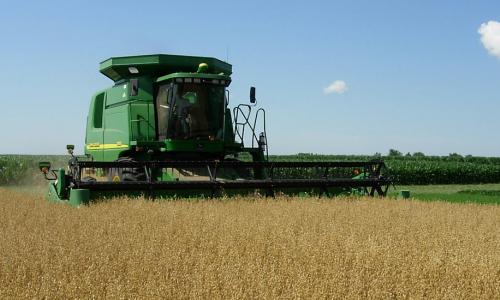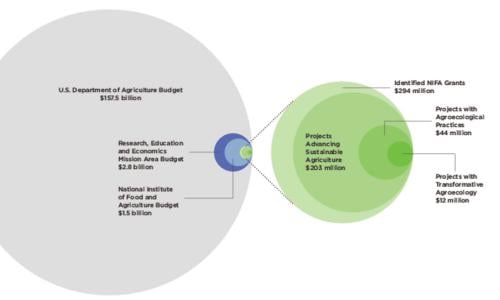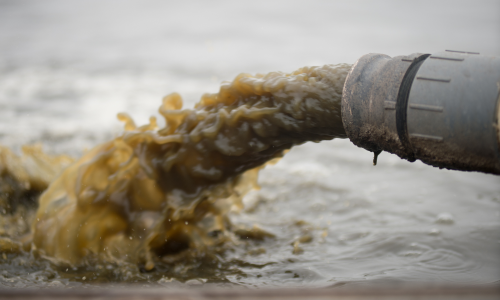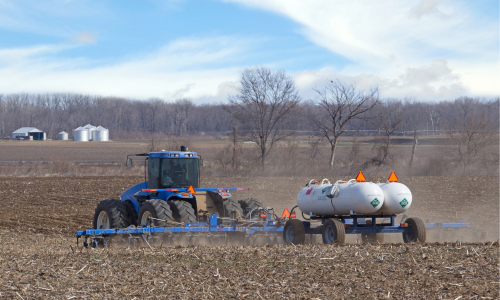Today’s dominant Midwest farming system produces two commodities—corn and soybeans—in abundance. But this system has grown steadily less beneficial for farmers over time. US corn and soybean growers achieved record-high harvests in 2016. But due to oversupply, prices for these crops have plummeted, and US farm incomes are expected to drop to their lowest levels since 2002.
The two-crop system falls short in the sustainability department, too. It typically leaves fields bare for much of the year and uses plowing practices that result in unsustainable levels of erosion. It relies on heavy fertilizer use, which allows excess nitrogen to escape into our air and water, costing the nation an estimated $157 billion per year in human health and environmental damages.
Rural communities suffer many of these consequences. Iowa, for example, ranks high in surface water pollution from fertilizers, pesticides, and eroded soil. And the negative effects extend far beyond the Midwest: Corn Belt watersheds are major contributors to the annual “dead zone” in the Gulf of Mexico, and emissions from agricultural soil management make up 5 percent of the US share of heat-trapping gases responsible for climate change.
